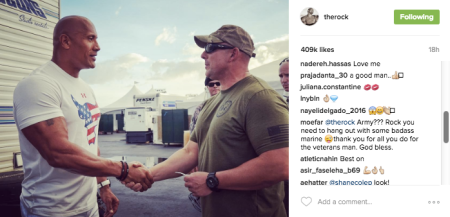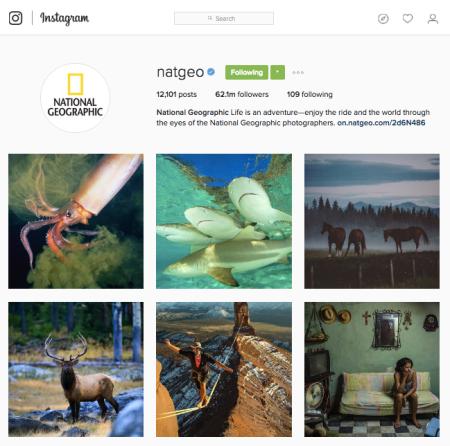
Marilyn Heywood Paige shares the real-world application of IMC in the agency setting
How To Land Your First Job at A Marketing Agency: A Two Part Series
Part I – Positioning Yourself For An Agency Job Even If You Have No Experience

You have a shiny new IMC degree that you’re pumped to put to good use. However, the jobs you’re qualified for are so entry level you fear you’ll poke your eyes out every day at work. While you may have the knowledge, you don’t have experience in the field. So what do you do to snag your dream job in a marketing agency? Here are five ways to position yourself to get your first agency job.
-
Create an Online Portfolio
Even if you aren’t a web developer or a designer, having an online portfolio will differentiate you from other candidates. While you’re at it, make sure your resume looks like a convincing marketing piece as well. There are tons of templates available for both print and online resumes and portfolios. Find one that works for you.
If you’re afraid of not having anything to put in your portfolio, read on.
-
Take Initiative
It’s never too early to start putting your marketing degree to work. Belong to a church? Ask them if you can take over their email newsletters. Have a hobby you’re passionate about? Write a blog about it. Are you a member of an association or club? Build their website, shoot a video for them, or take over their Facebook page. Whatever skills you have in marketing, find a way to demonstrate them. Keep logs of your efforts, and wherever possible, have metrics to show your efforts helped the organization.
Being able to display that you have done marketing work even as a volunteer will help a hiring manager see your passion, initiative, and ingenuity. It’s also the stuff portfolios are made of, so get busy.
-
Practice Writing
If you didn’t major in English, you probably weren’t tasked with writing a lot in college. Marketing requires mad writing skills, so if you don’t already have near perfect grammar and sharp writing skills, start reading marketing copy and trying to emulate it.
What is marketing copy? Blogs, white papers, email newsletters, magazine ads—anything that is positioning a product or service is marketing copy, and you need to understand how it works and how to create it. Google it; find books on it; scour the internet for good examples of each type of writing. Then practice writing your own comparable pieces. If you want to dive in and learn to write copy, visit CopyBlogger.com. They have one of the best online learning hubs for copywriting. Even if you aren’t writing for an actual client, if you have solid writing samples in your portfolio, you will be far ahead of other prospective candidates.
-
Get Certified
The more skills you can bring to the table that are useful to an agency, the better chance you have of being hired. Just about every digital agency works with Google AdWords and Google Analytics. If you are certified in either one or both, they will see you as someone that they can get value from starting day one. Google offers free training online, and there are other places around the web that have courses to help you pass Google’s certification tests. It takes an investment of time but is well worth the effort.
-
Be Teachable
There is nothing wrong with being inexperienced. Everyone was at some point. Being teachable and willing to do the work to become an expert in your field is one of the most attractive qualities in a new hire. Having writing samples and Google certificates will be proof of this. Showing how you consistently asked for more responsibility at school and at prior jobs goes a long way too. Even if none of your work experience is related to marketing, demonstrating that you took on new projects and saw them through, can differentiate you from other candidates.
If your dream job is in an advertising or marketing agency, these five tips will get you closer to achieving it.
In part II of this series, I will give you tips on using old-school tactics to get your foot in the door to land an agency interview.
Marilyn Heywood Paige is the Vice President of FiG Advertising and Marketing in Denver Colorado. She earned her Master’s in Integrated Marketing Communications from West Virginia University in 2013.


















